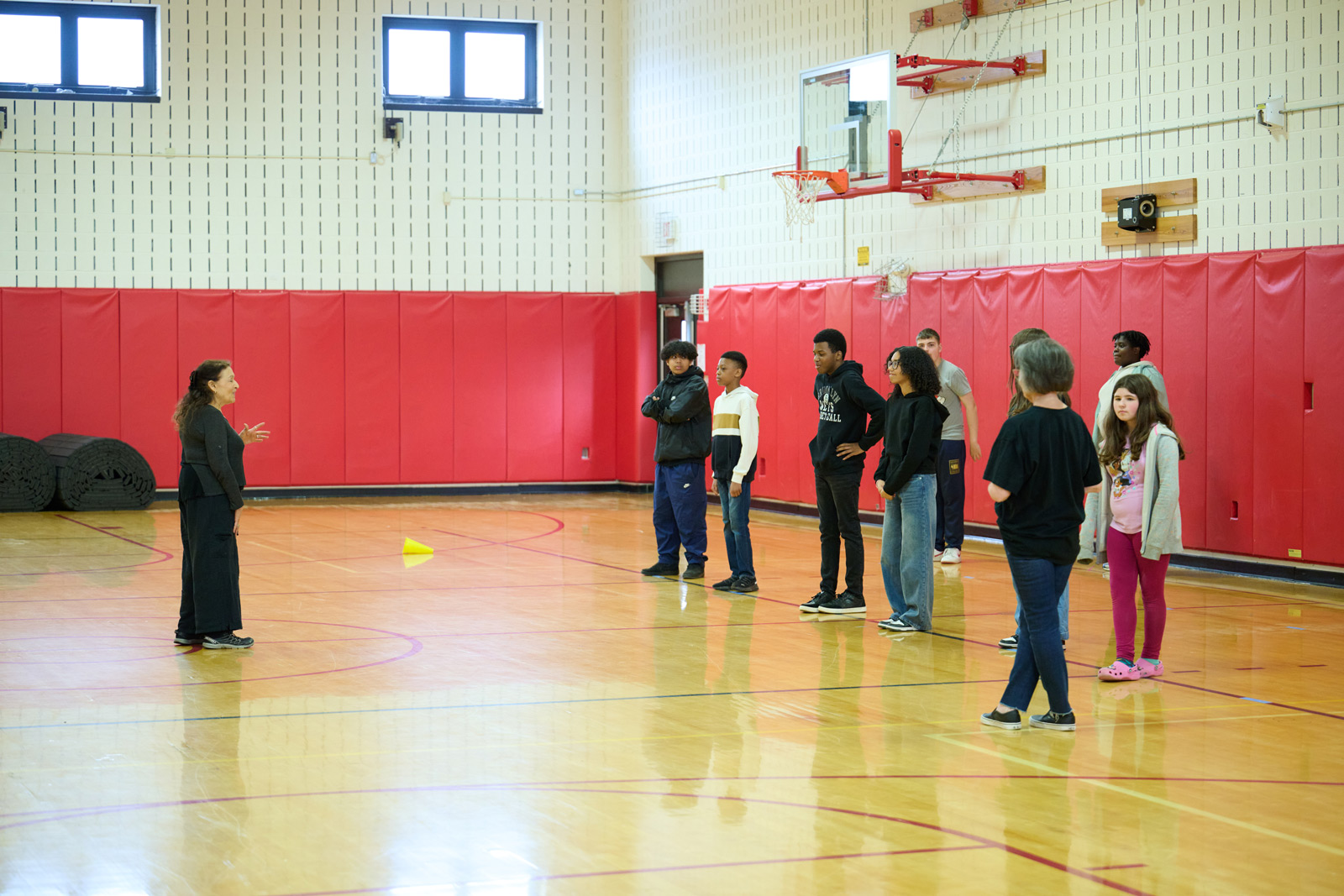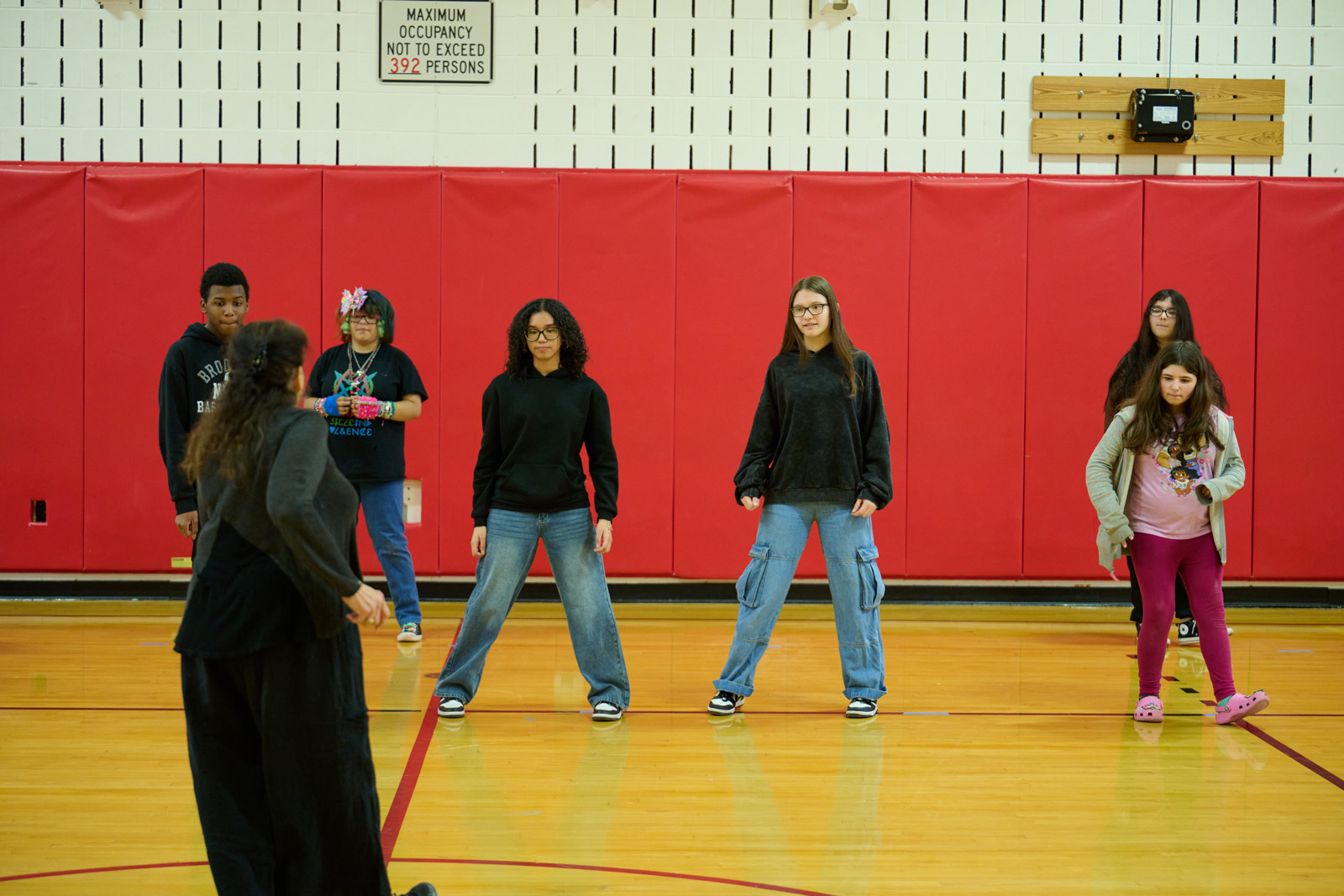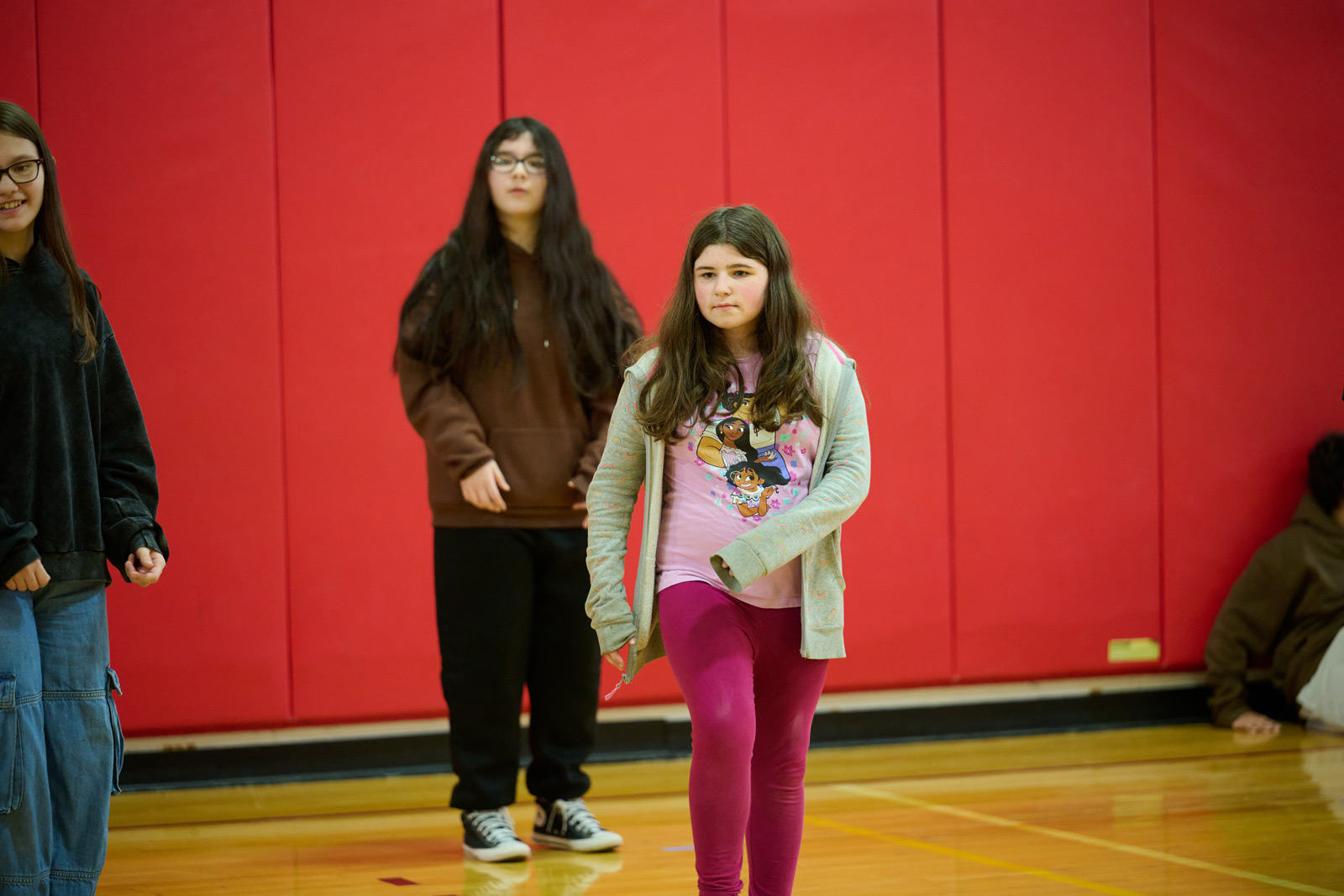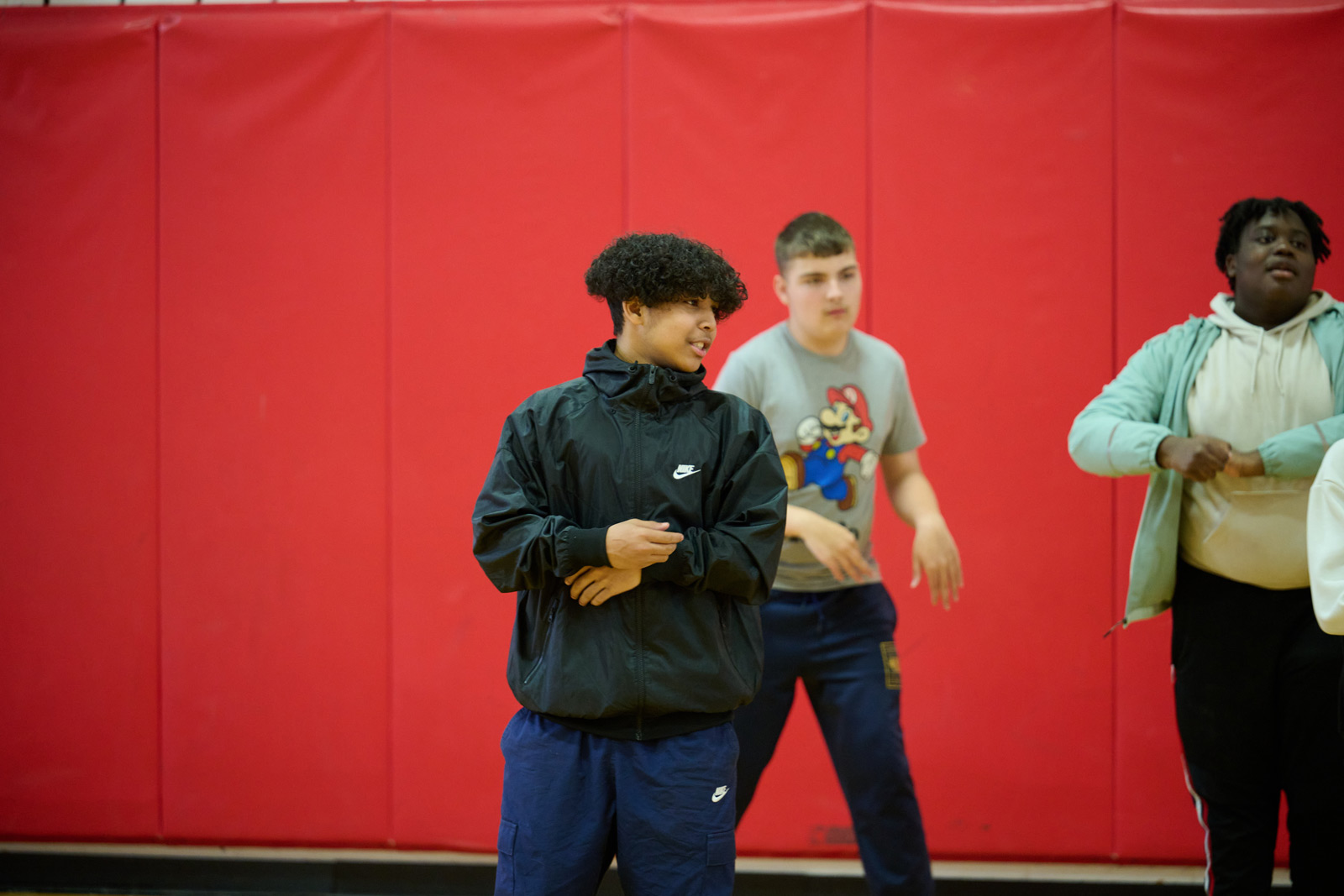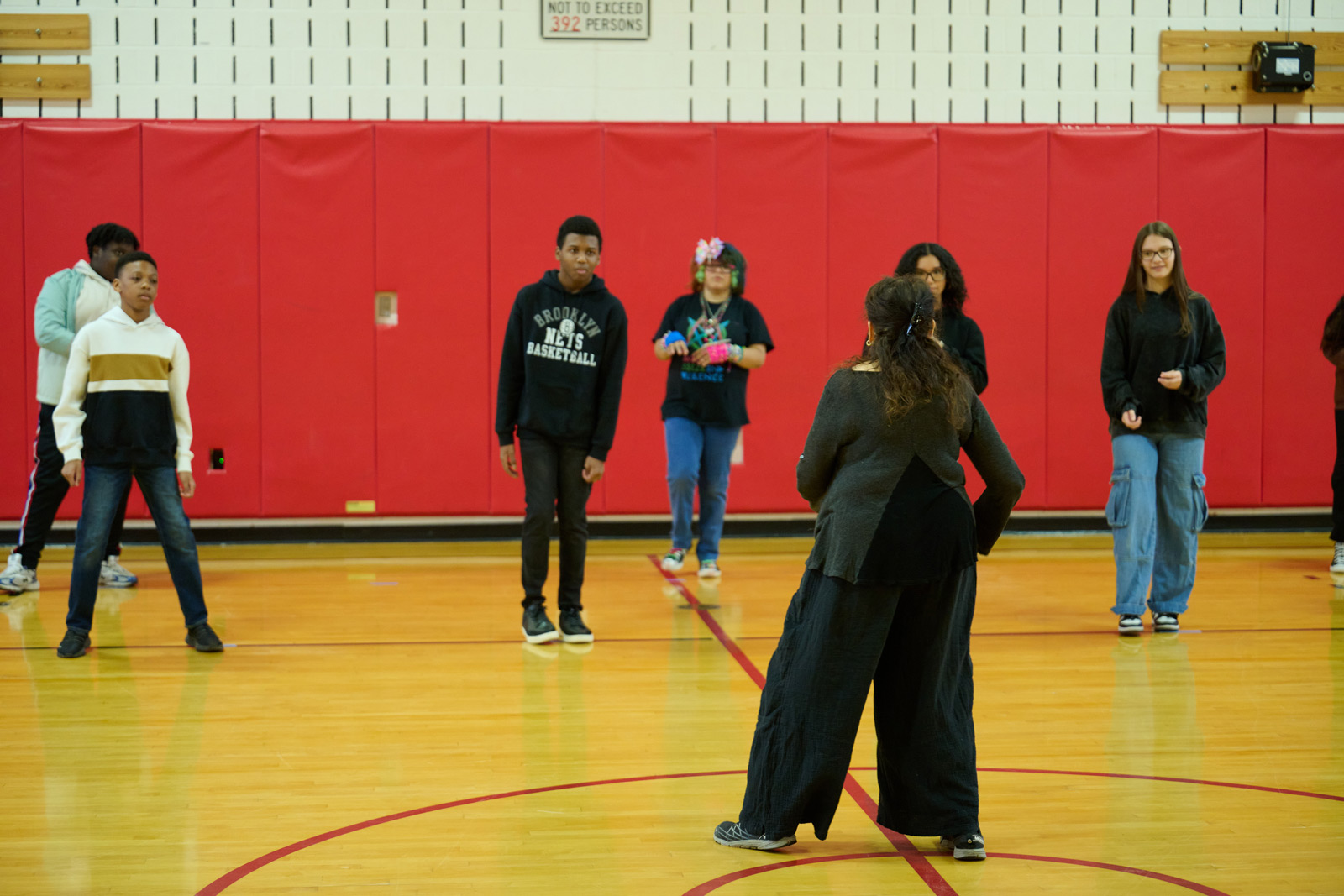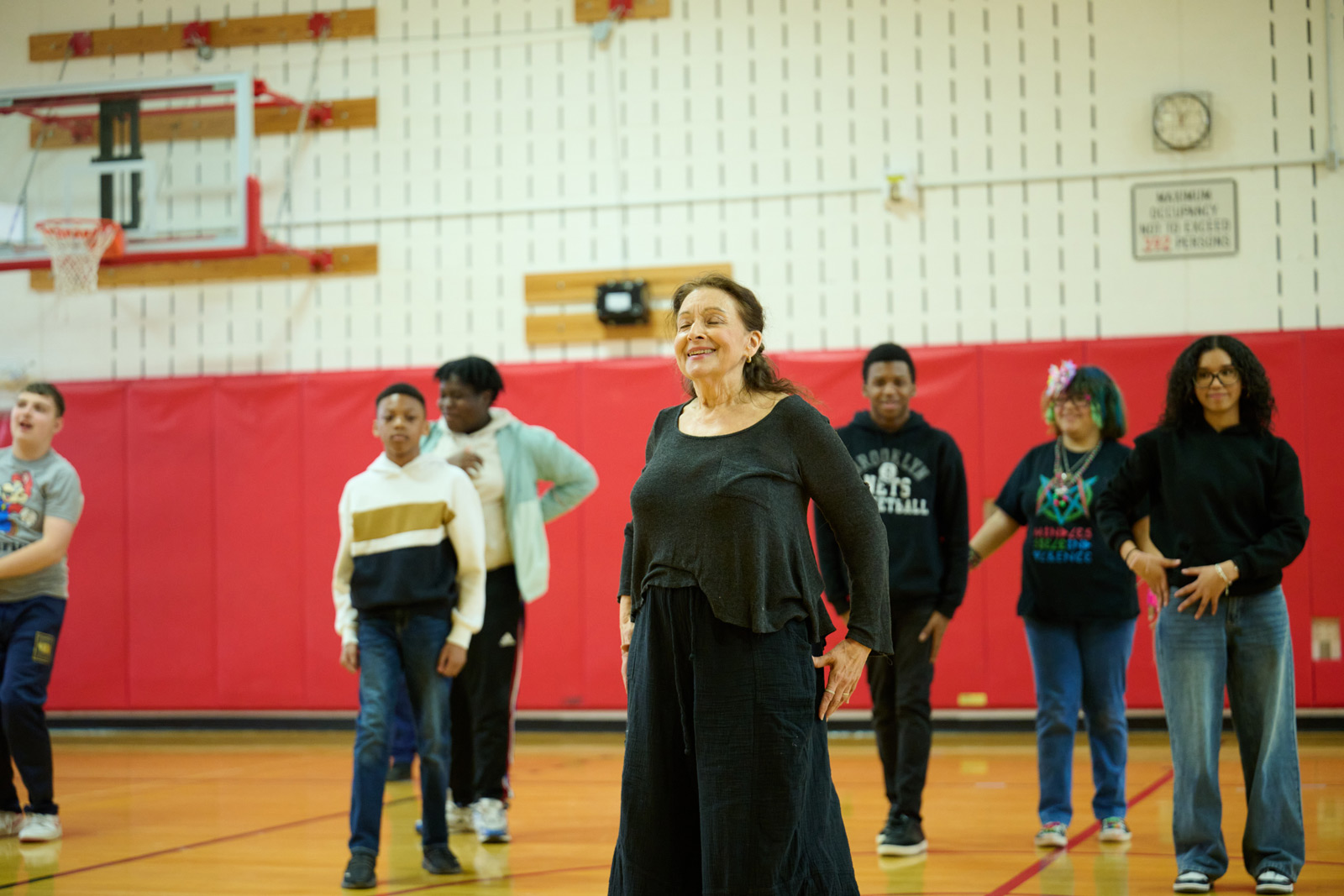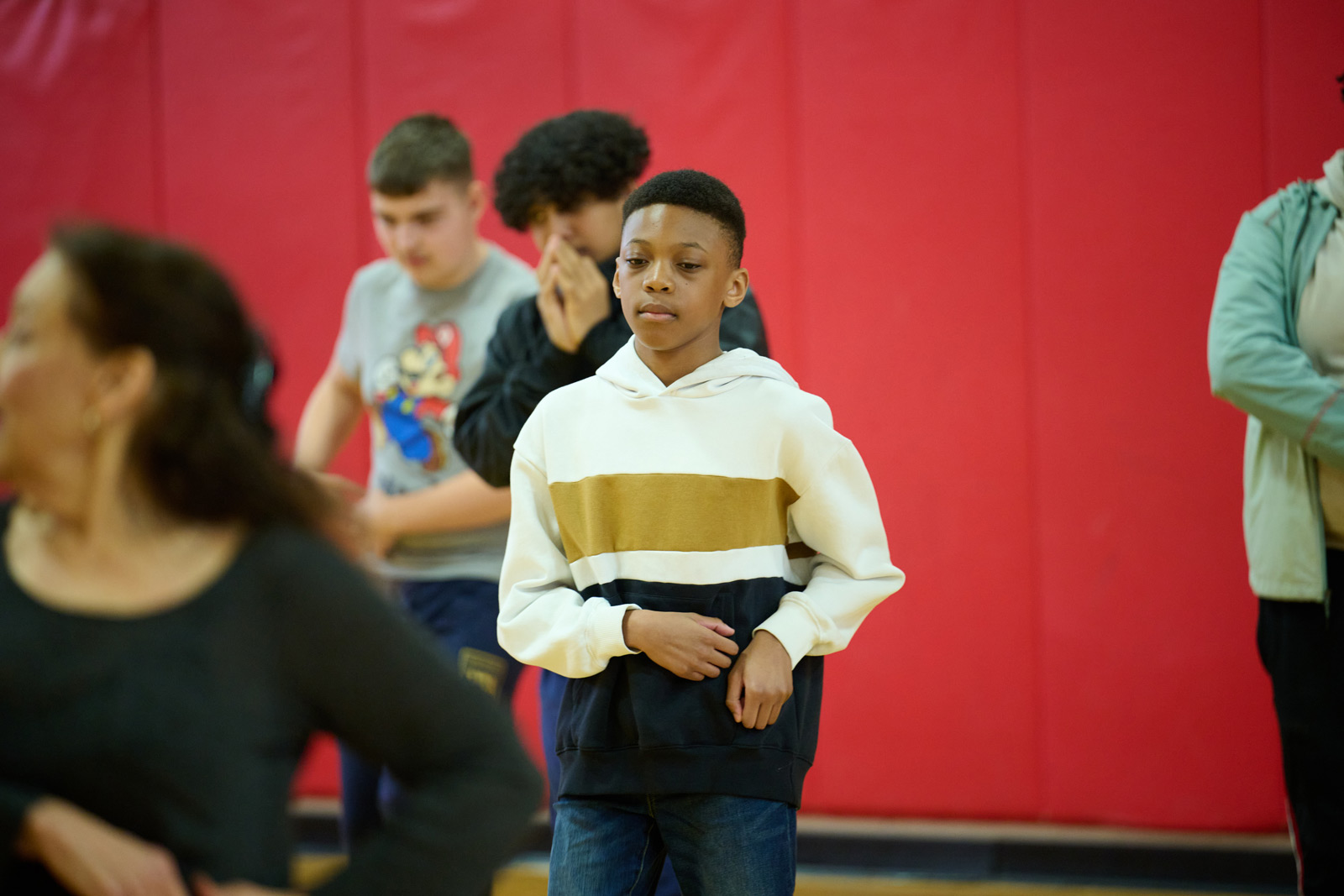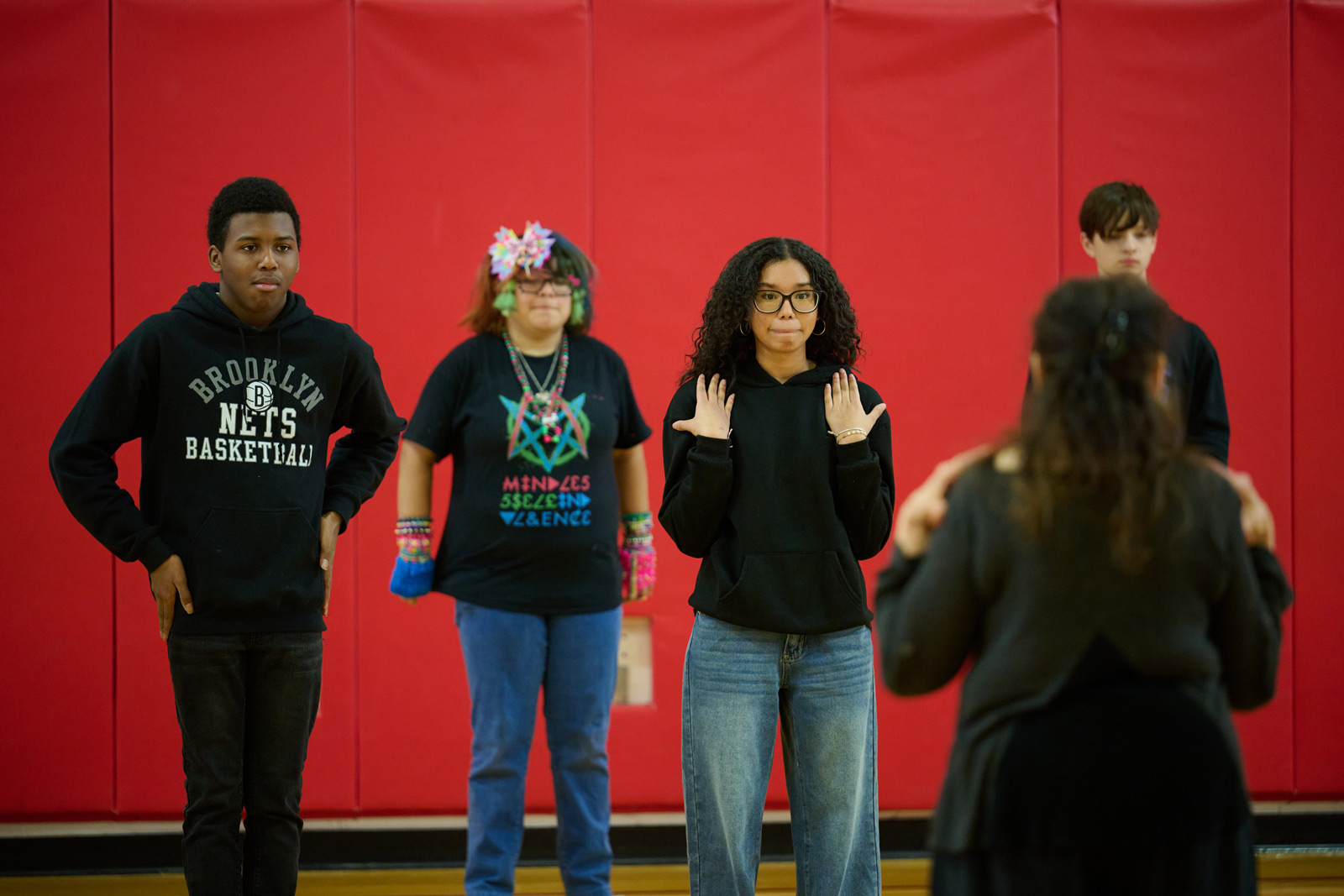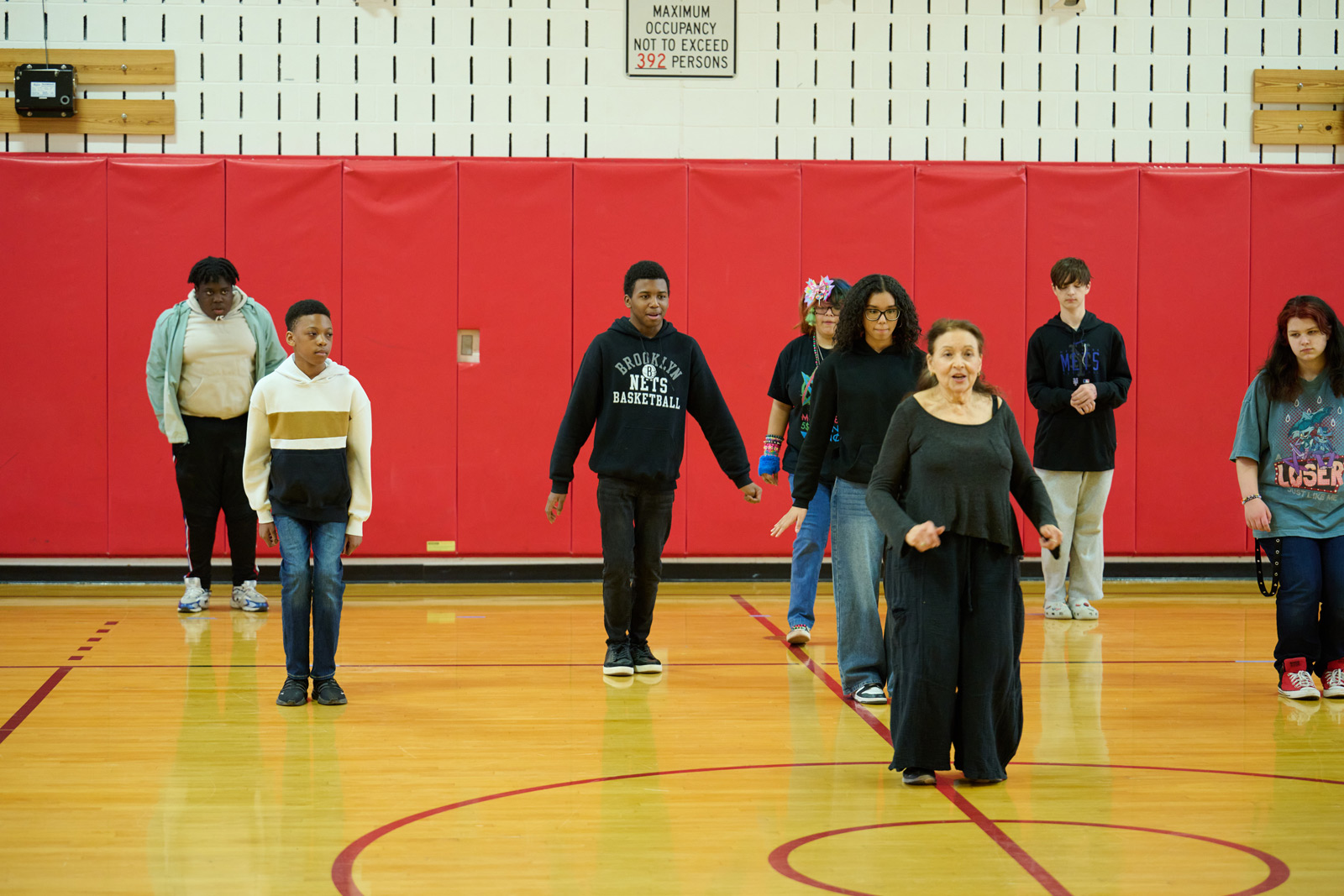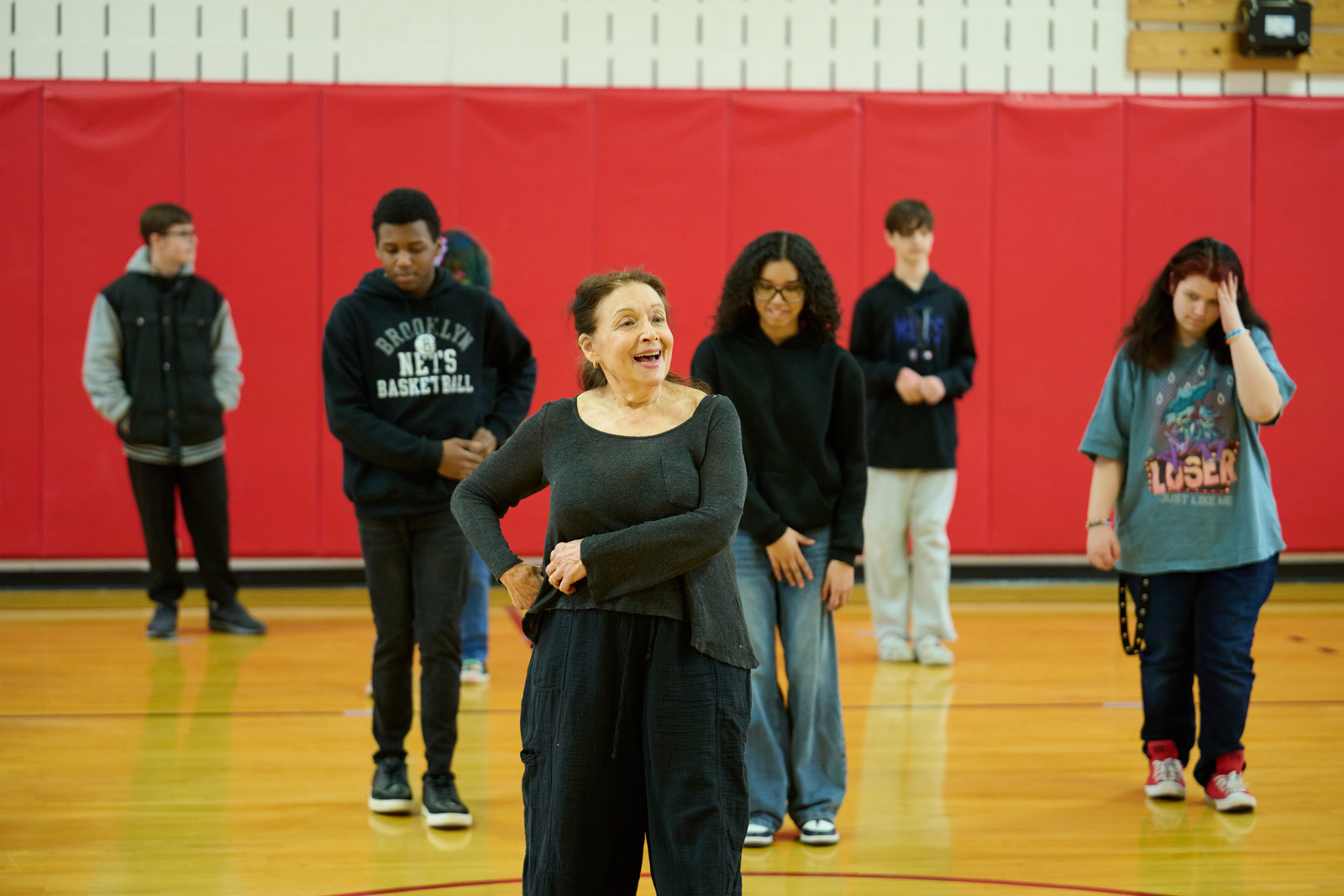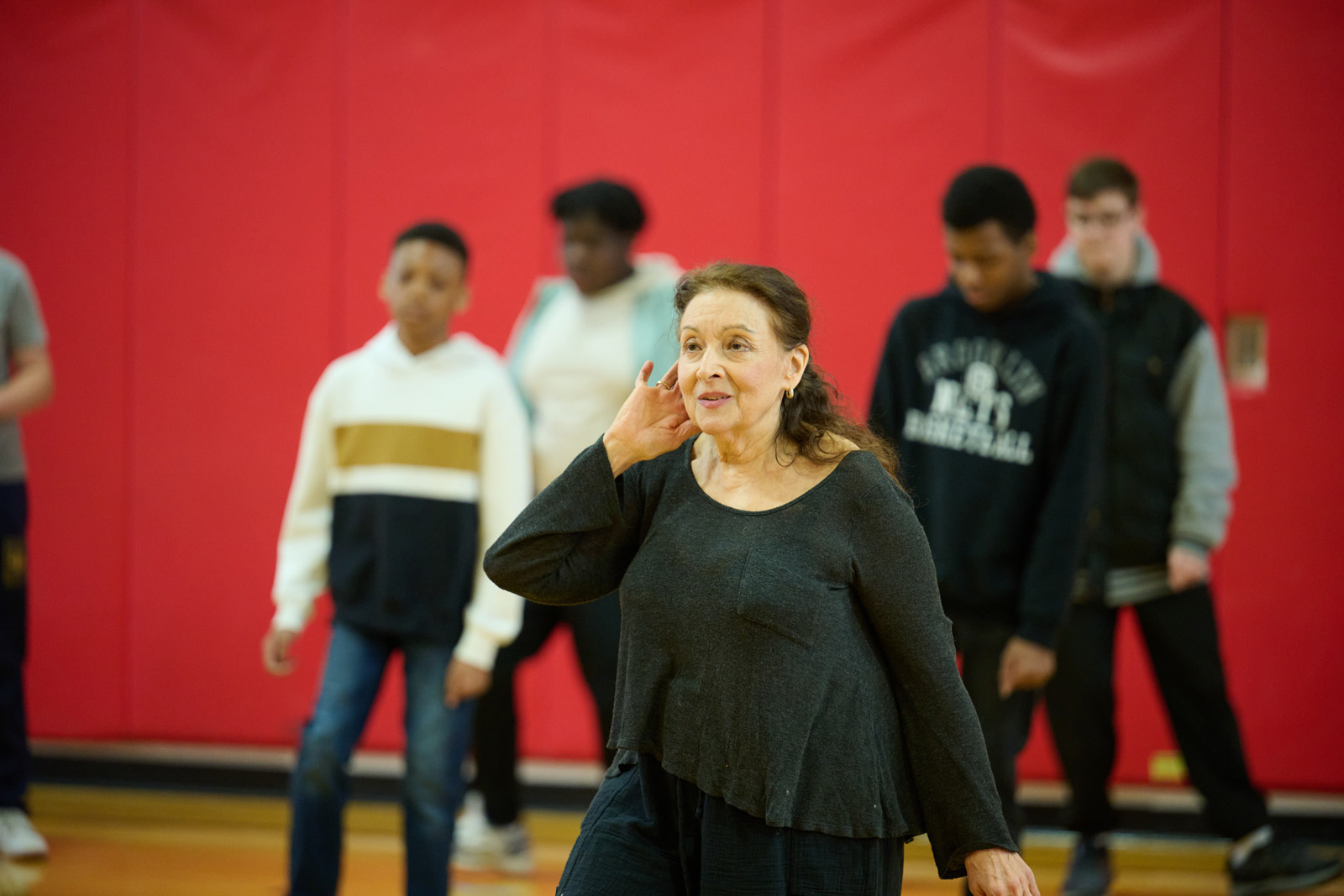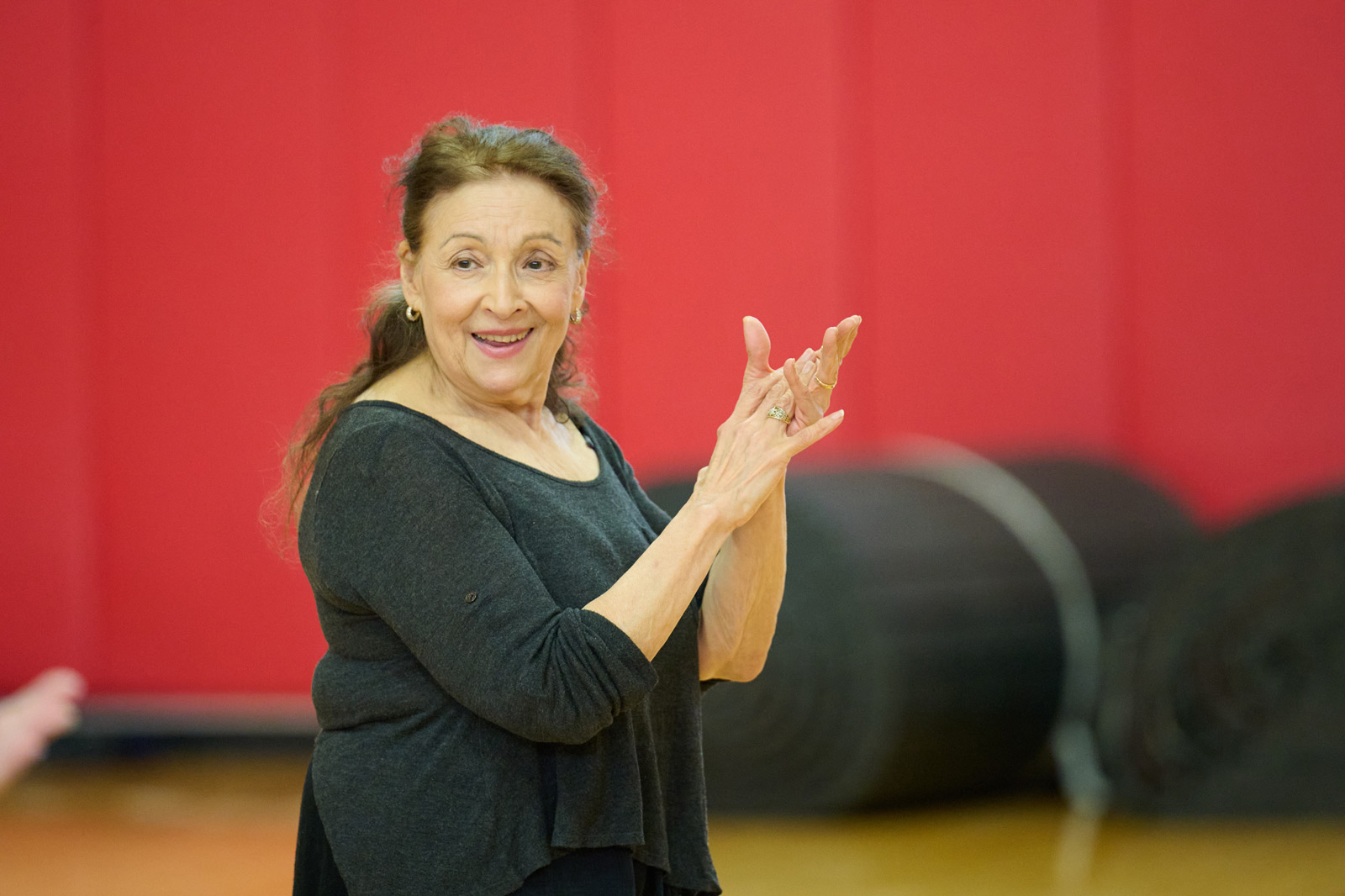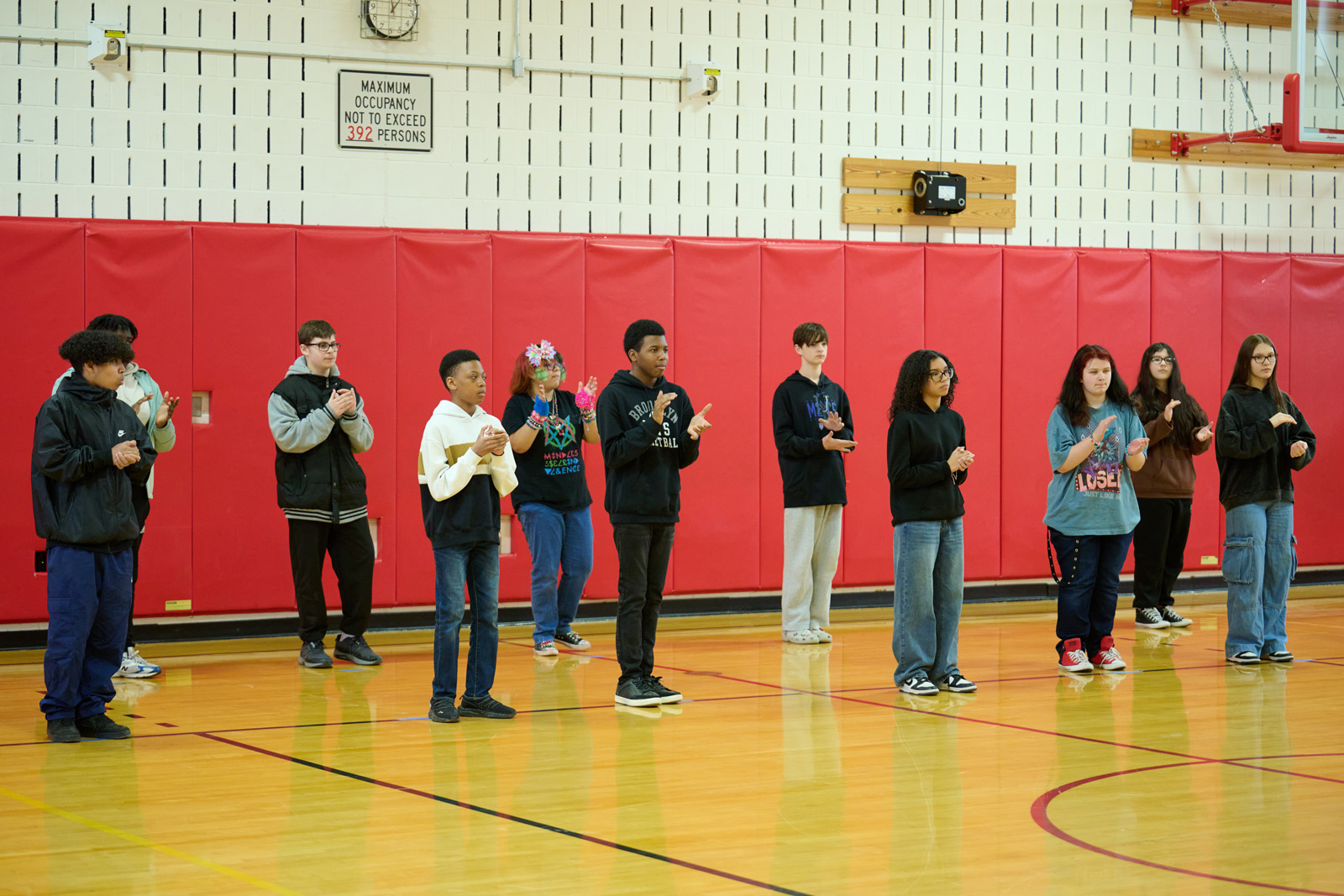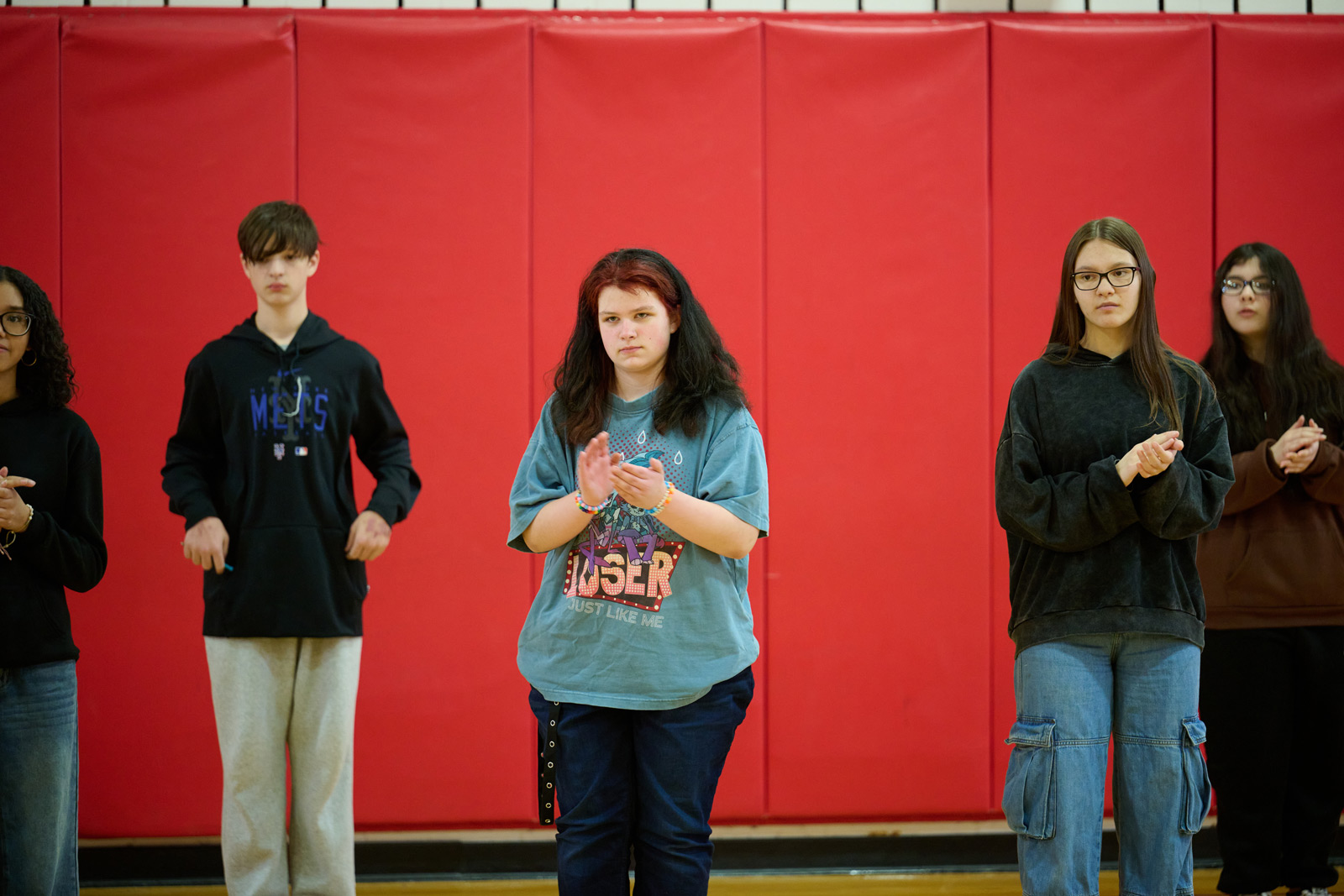Movement Is a Universal Language
Educator: Kimberly Billings, World Languages (Spanish)
Cultural Partner: Maria Loreta Celitan, Founder & Director of Sol y Sombra Spanish Dance Company
School: Jefferson Middle School and Jefferson Middle School @ Oregon Middle School, Grades 7&8
District: Eastern Suffolk BOCES
https://data.nysed.gov/profile.php?instid=800000055835
Summary
Through movement exercises and learning dance choreography from various Hispanic countries that the students are studying in their Spanish Language class, we explored how one creates community through movement and dance; how humans universally express and communicate basic emotions such as happiness, pride, strength, sadness, etc. through body movement. How movement is a language that connects us to ourselves and to other people in the world. Finally, they learned how different countries develop and embody in their dance style, a national identity that reflects their historical past, needs, and shared values.
Rationale
The students in this program often struggle with verbal expression and comprehension of physical display of feelings and emotions, likes and dislikes, etc. (facial expressions, body language) both with themselves and others. This can affect their relationships with each other and within their communities. Using physical movement and dance, we helped these young adults to see a different way to express themselves and to be better aware of their own and others’ feelings and intentions through the language of movement. Hopefully this will enable them to better communicate with the world beyond their school: their families, their communities, and have success with necessary life tasks, and in their future places of employment.
What learning goals/standards did this meet?
Arts:
Students created and learned new movements that helped them generate, conceptualize, develop, and refine ideas and work. They then analyzed, memorized, developed and performed movement sharing with others and all the while being aware of the meaning they were trying to convey. Since they also explored in their regular classroom work, the language and culture of various Spanish-speaking countries, they were able to see how dance/movement is influenced by social, cultural, and historical contexts. (Spain: los gitanos and flamenco; Colombia: cumbia; Cuba: rumba; various other Latin American countries: merengue, salsa, bachata; Argentina: tango)
CCCR:
Efforts were made to put students at ease by scaffolding lessons so that students felt comfortable with moving, which can be very challenging especially for middle school students. Students were invited to share their unique movements, some of which arose from their cultural backgrounds (a few students of Hispanic background, one student one French Creole). Self-image and personal empowerment were the subject of a whole session on Flamenco dance movement. Emphasis was placed on how many of the dance styles we explored arose from marginalized peoples and immigrants and how dance and music was their way of attaining a voice in their culture.
CR-S:
For these challenged students, gaining self-knowledge and comprehending others’ needs and emotions by becoming more aware of how people express themselves through movement is of utmost importance for their success in life. It can help them with understanding and accepting their own behavior, that within their relationships with others, and with society at large. Hopefully this project, in some way, has been a help for them toward creating a meaningful life and sustainable livelihood - a “real world” connection, what can be used and applied in the world they share with others
Outcomes:
Students’ learning has expanded as a result of this project because now they…
KNOW… that movement is a shared language that we all have access to and can be used to express ourselves and communicate with others. How every person on the planet has movement that is unique to themselves and, at the same time, how a group of people can develop and utilize unique, cultural movements that reflect their history, values, and important goals.
UNDERSTAND… that humankind shares a universal language in their body movements and expressions, how and why this is communicated, and that this “language” of movement can evolve into “dance”.
ARE ABLE TO… become better at comprehending their own emotions and feelings as well as those of others around them (in their school lives, families, and communities); understand better Hispanic culture, which enhances and enriches what they are studying in Spanish Language class.

